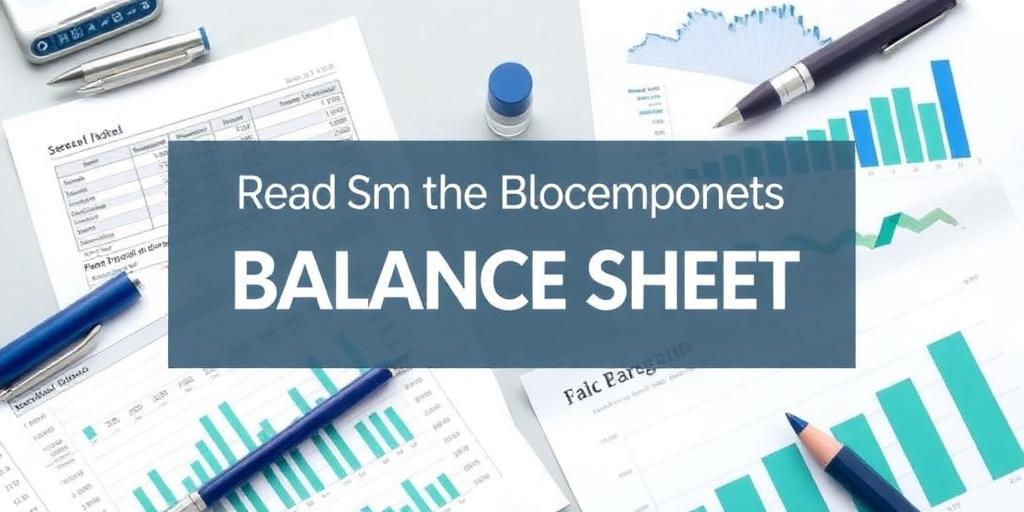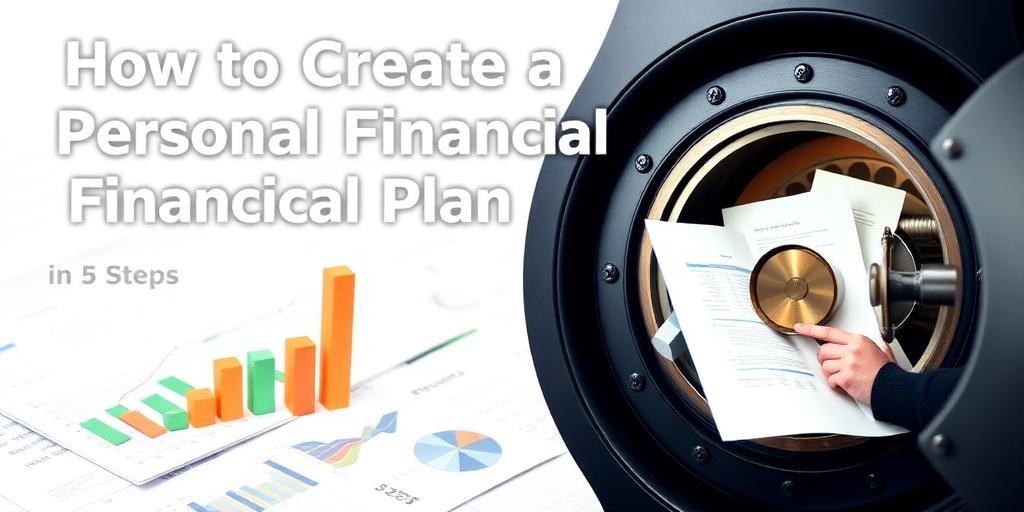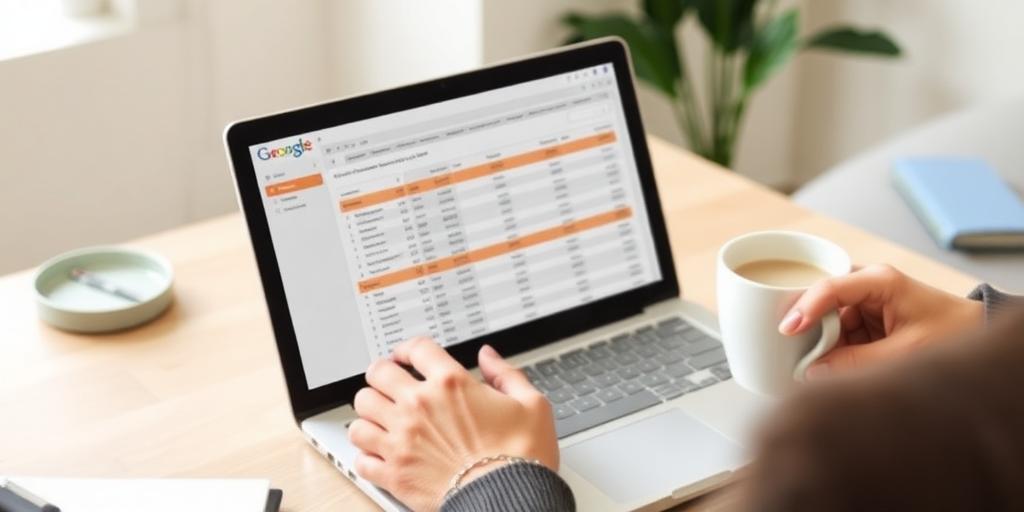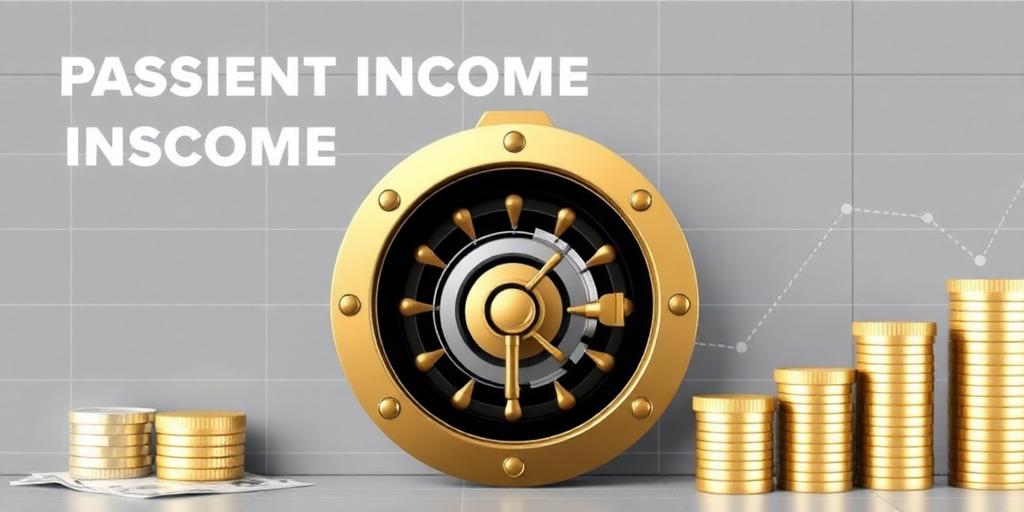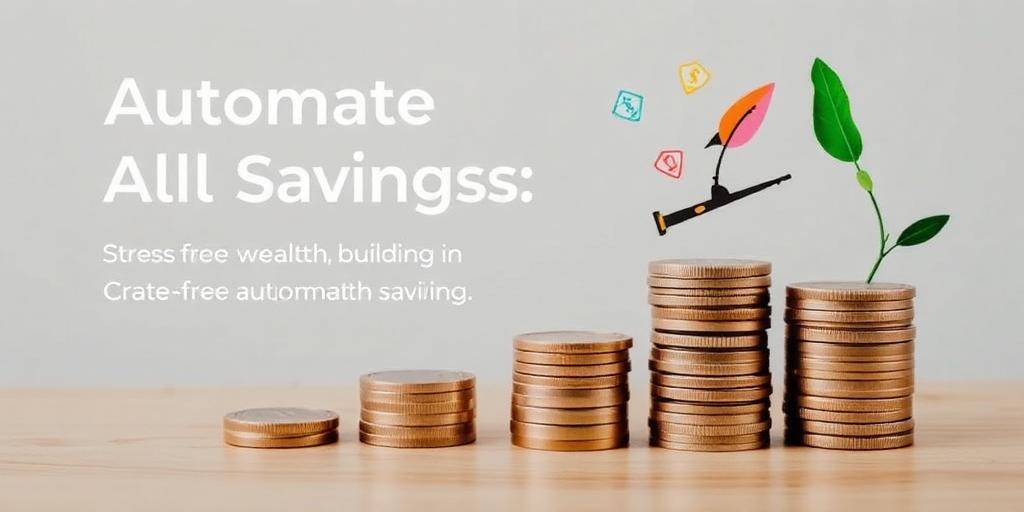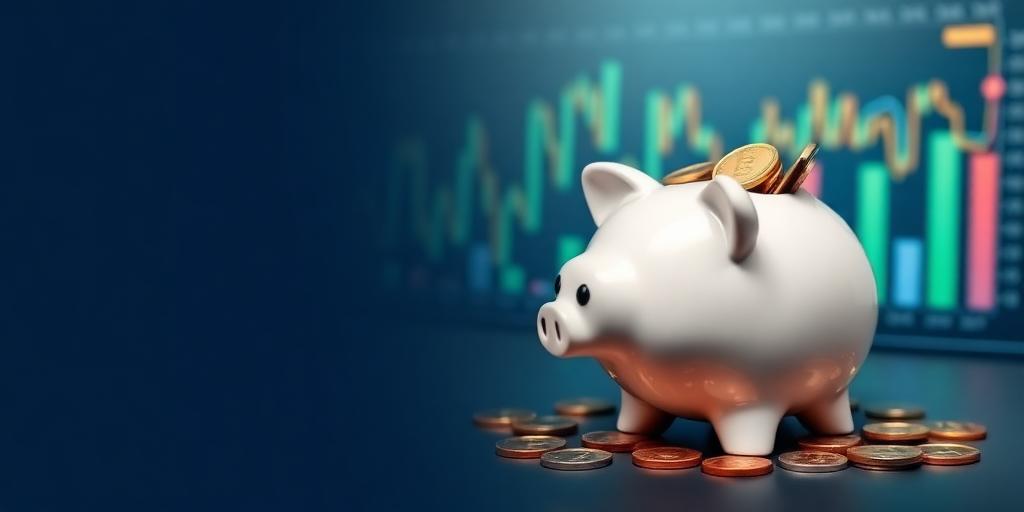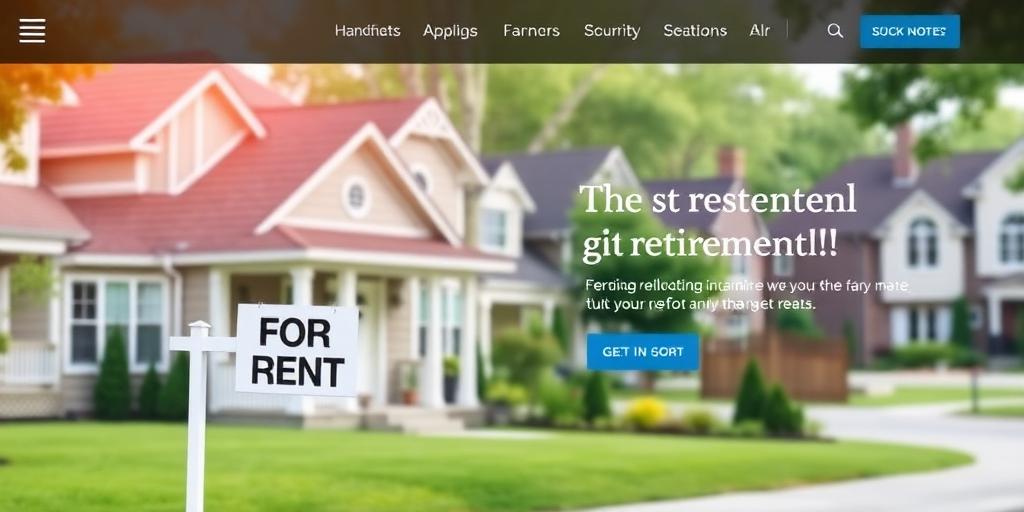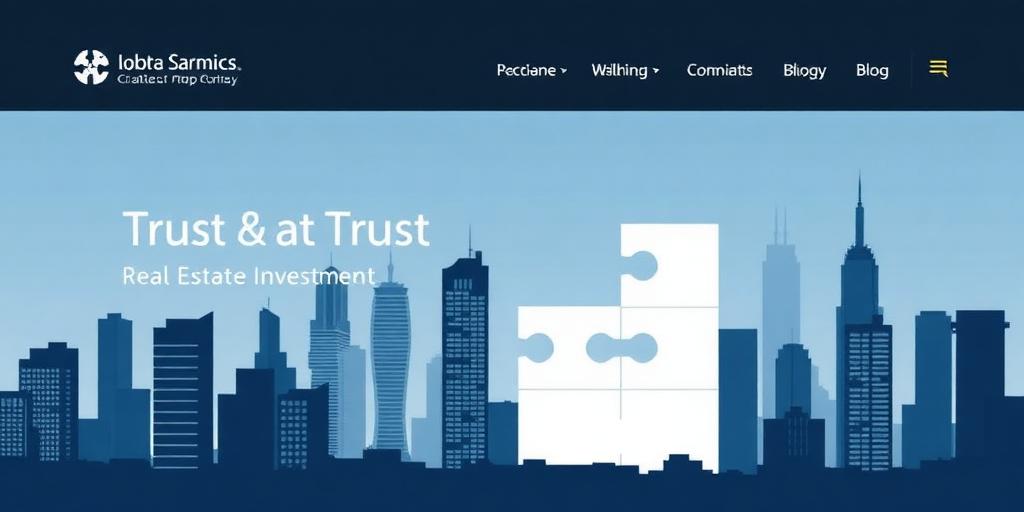How to Read a Company’s Balance Sheet
The balance sheet is a snapshot of a company's assets, liabilities, and equity at a specific point in time. Understanding how to read a balance sheet is crucial for investors, creditors, and business managers alike. It provides insights into a company's financial health, liquidity, and solvency.
Key Components of a Balance Sheet
The balance sheet follows the basic accounting equation:
Assets = Liabilities + Equity
Let's break down each component:
1. Assets
Assets are what a company owns. They are typically categorized as either current or non-current.
- Current Assets: These are assets that can be converted into cash within one year. Examples include:
- Cash and Cash Equivalents: The most liquid assets, including currency, bank accounts, and short-term investments.
- Accounts Receivable: Money owed to the company by its customers for goods or services sold on credit.
- Inventory: Goods available for sale, including raw materials, work-in-progress, and finished goods.
- Prepaid Expenses: Expenses paid in advance, such as insurance or rent.
- Non-Current Assets: These are assets with a lifespan of more than one year. Examples include:
- Property, Plant, and Equipment (PP&E): Tangible assets like land, buildings, machinery, and equipment used in operations.
- Intangible Assets: Non-physical assets that have value, such as patents, trademarks, and goodwill.
- Long-Term Investments: Investments in other companies or assets held for more than one year.
2. Liabilities
Liabilities are what a company owes to others. They are also categorized as current or non-current.
- Current Liabilities: These are obligations due within one year. Examples include:
- Accounts Payable: Money owed to suppliers for goods or services purchased on credit.
- Short-Term Debt: Loans or other borrowings due within one year.
- Accrued Expenses: Expenses incurred but not yet paid, such as salaries or utilities.
- Deferred Revenue: Payments received for goods or services not yet delivered.
- Non-Current Liabilities: These are obligations due in more than one year. Examples include:
- Long-Term Debt: Loans or bonds due in more than one year.
- Deferred Tax Liabilities: Taxes that are owed in the future.
- Pension Obligations: Obligations to provide retirement benefits to employees.
3. Equity
Equity represents the owners' stake in the company. It is the residual value of assets after deducting liabilities.
- Common Stock: The par value of shares issued to investors.
- Retained Earnings: Accumulated profits that have not been distributed to shareholders as dividends.
- Additional Paid-In Capital: The amount investors paid for shares above their par value.
- Treasury Stock: Shares repurchased by the company from investors.
Analyzing the Balance Sheet
Once you understand the components, you can start analyzing the balance sheet to gain insights into a company's financial position.
- Liquidity Ratios: These ratios measure a company's ability to meet its short-term obligations. Examples include:
- Current Ratio: Current Assets / Current Liabilities
- Quick Ratio (Acid-Test Ratio): (Current Assets - Inventory) / Current Liabilities
- Solvency Ratios: These ratios measure a company's ability to meet its long-term obligations. Examples include:
- Debt-to-Equity Ratio: Total Liabilities / Total Equity
- Total Asset Turnover Ratio: Net Sales / Total Assets
- Efficiency Ratios: These ratios measure how efficiently a company is using its assets to generate revenue. Examples include:
- Inventory Turnover Ratio: Cost of Goods Sold / Average Inventory
- Accounts Receivable Turnover Ratio: Net Credit Sales / Average Accounts Receivable
Example Analysis
Let's consider a simplified balance sheet for "Tech Solutions Inc.":
Assets
- Current Assets: $500,000
- Non-Current Assets: $800,000
- Total Assets: $1,300,000
Liabilities
- Current Liabilities: $300,000
- Non-Current Liabilities: $400,000
- Total Liabilities: $700,000
Equity
- Common Stock: $400,000
- Retained Earnings: $200,000
- Total Equity: $600,000
Calculations:
- Current Ratio: $500,000 / $300,000 = 1.67
- Debt-to-Equity Ratio: $700,000 / $600,000 = 1.17
Interpretation:
- A current ratio of 1.67 indicates that Tech Solutions Inc. has $1.67 of current assets for every $1 of current liabilities, suggesting good short-term liquidity.
- A debt-to-equity ratio of 1.17 means that the company has more liabilities than equity, which could indicate higher financial risk.
Conclusion
Reading a company's balance sheet involves understanding its key components—assets, liabilities, and equity—and how they relate to each other. By analyzing various financial ratios and comparing them to industry benchmarks, you can gain valuable insights into a company's financial health and make informed decisions. Whether you are an investor, creditor, or business manager, mastering the art of balance sheet analysis is an invaluable skill.

